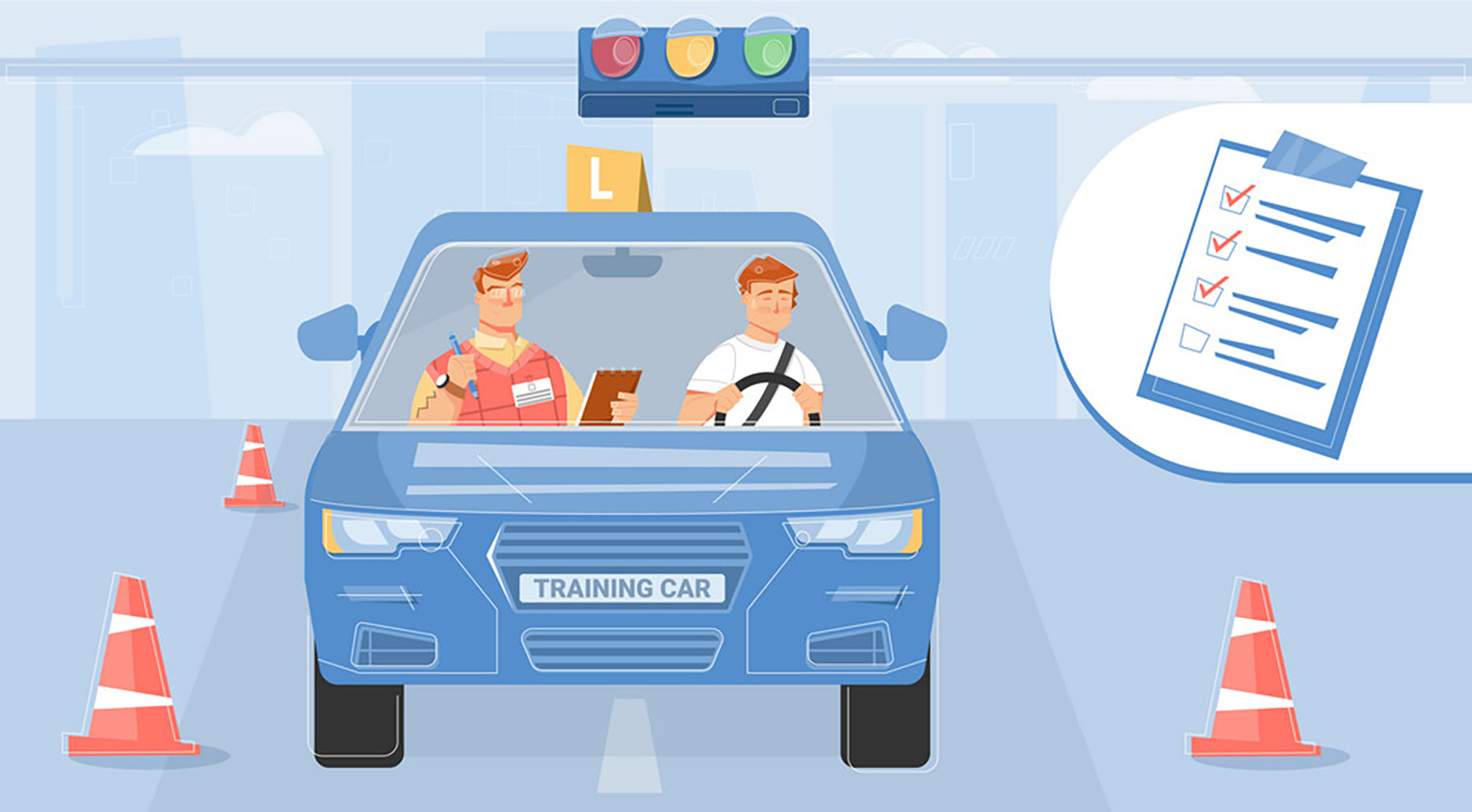Common Mistakes to Avoid During G2 Driving Test
If you want to pass the Ontario G2 road skills test, you will need to attain a score of 75 percent and above. The examiner will evaluate your skills based on how many mistakes you make during the driving test. Of course, if you make too many mistakes, you will fail the driving test.
In this article, we’ll be looking at some of the most common mistakes that cause candidates to fail the G2 road test. Let’s get started, shall we?
Not Understanding Your Vehicle
Before you start the driving test, your vehicle must pass a safety inspection vehicle. Part of the pre-inspection evaluation will be to demonstrate to the examiner that you can wear a seatbelt, turn on the lights or signals, check the mirrors and activate the windshield wipers.
If you’re applying for a commercial license, you will go through a more rigorous process where the examiner will ask you to identify and explain the basic parts of your vehicle. For that reason, you must know what does what in your vehicle before you show up for the road skills test.
Otherwise, if you go blank, you could be told to come back another day when you’re ready.
Rolling Stop
Unfortunately, most candidates get an automatic failure on their score sheet because of a rolling stop. As a general rule, if you come across a red light or stop sign, you have to stop for a few seconds before you proceed.
Remember, if you stop and your tires touch the line or a portion of your car extends into the crosswalk, that is just as bad as a rolling stop.

Failure to Observe Your Surroundings
The examiner will pay closer attention to how you observe your surroundings before you switch lanes, make a turn, overtake, reverse, merge into traffic or pull over. However, don’t make the mistake of observing your surroundings using just your mirrors; you must also do exaggerated head checks to convince the examiner.
Tailgating
A common mistake among amateurs is following the car ahead of you too closely. To avoid tailgating or a potential rear-end accident if the car in front suddenly stops, you must follow the 4 seconds to keep your distance.
How does the 4-second rule work? It’s simple, just pick a stationary object like a tree or post on the roadside and count how many seconds it takes to reach that object after the vehicle in front of you has passed it. If it takes you at least 4 seconds to reach that object, you’re at a safe distance.
Not Having a Good Posture
Believe it or not, most examiners will look at your posture while you’re on the wheel to figure out if you’re a confident driver. That means, if you don’t put both your hands on the steering wheel or you forget to adjust your seat or mirrors based on your height, you could fail the test.
Besides that, most examiners don’t like candidates who put their elbows on the window when driving.
Braking Too Hard
Another common mistake among driving candidates is slamming the brakes too hard; this is an indication that the driver is inexperienced or nervous. A good tactic to brake smoothly is to release the gas pedal whenever you want to slow down and step on the brake pedal gradually.
The only time you should slam the brakes is when you want to activate the ABS and come to an emergency stop.
Distracted Driving
If you didn’t know, distracted driving is one of the leading causes of accidents among young drivers. Obviously, you will get an instant fail if you’re caught checking your smartphone during the road skills test. We also advise against turning on the stereo during the test.
Then again, zoning out deep in your thoughts during the test is also distracted driving. Sure, the examiner may not notice it but lack of concentration can cause you to make other silly mistakes. For that reason, avoid scheduling the driving test appointment if you know you will be too stressed out and distracted; you can reschedule at your convenience.
Poor Judgement
In some cases, you will come across situations and hazards which you must adapt or else the examiner could fail you due to poor judgment. For instance, if it’s raining or foggy, you can increase the distance between you and the vehicle in front of you. Don’t forget to turn on your fog and hazard lights.
Similarly, if you notice a hazard or a pedestrian crossing the road, it’s important to slow down until you’re in the clear.
Conclusion
Truth be told, every new driver makes mistakes. However, the secret to avoiding making too many mistakes that will cost you the driving test is to practice until you’re confident and ready. It would also help if you do a mock test to identify your mistakes so you can avoid them during the road skills test. Check out our free G1 practice test to learn more.
